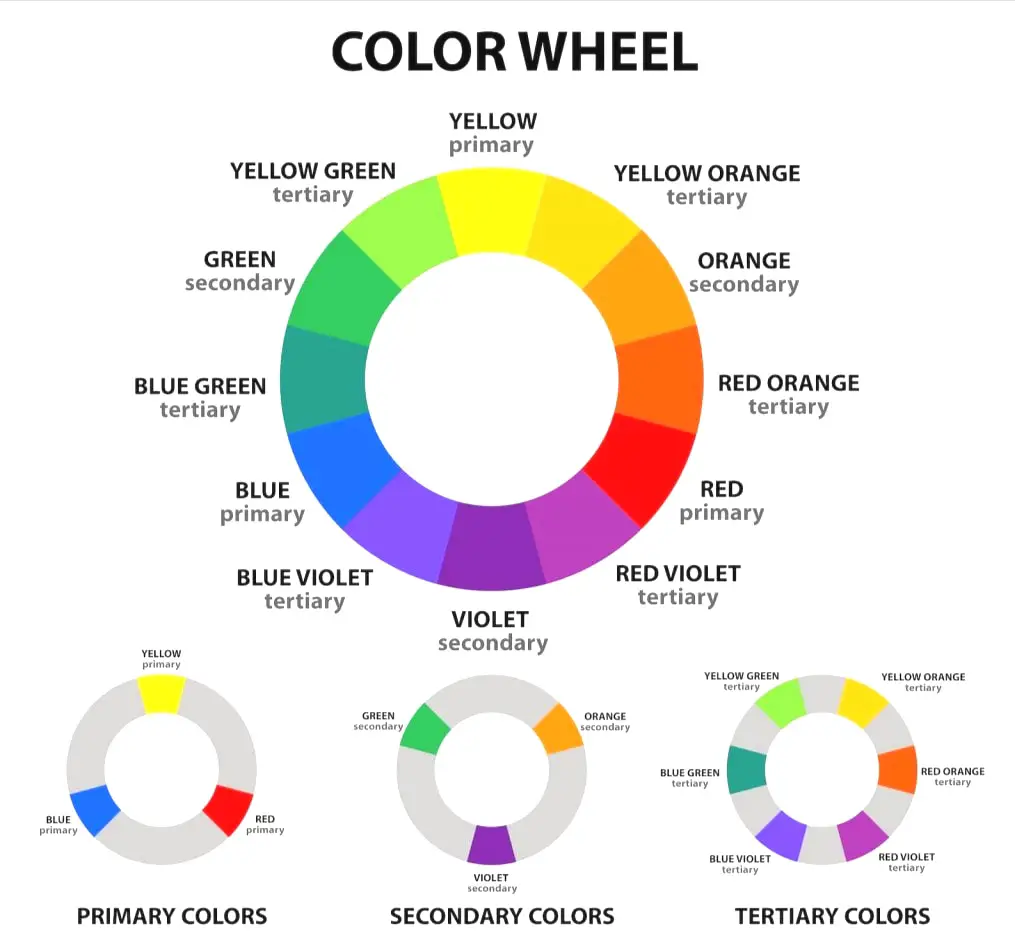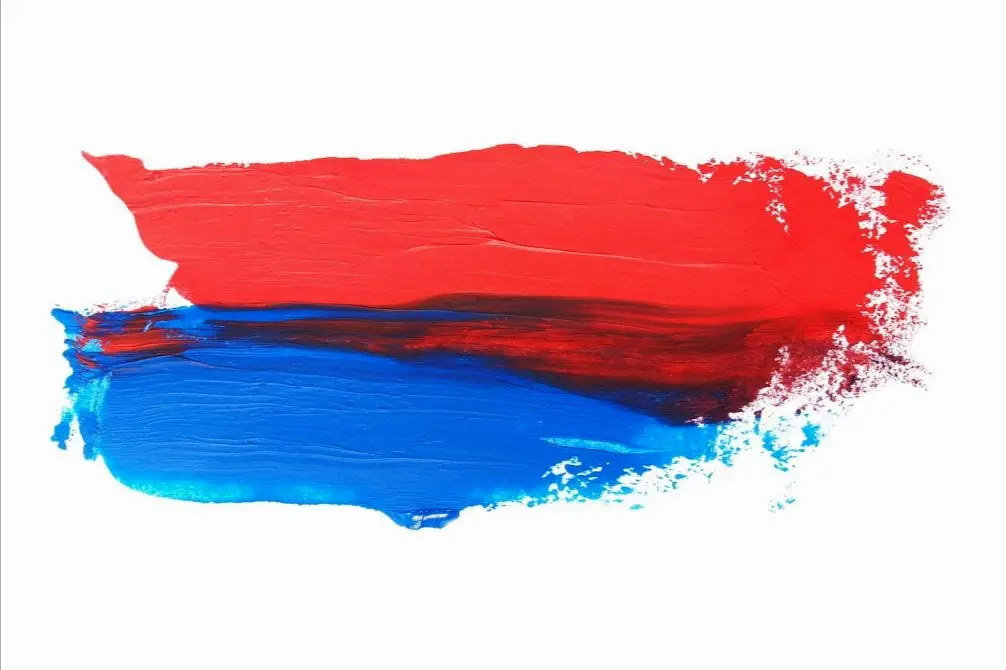What is the Opposite Color of Green? The opposite color of green is red. Green and red are complementary colors in the color wheel.
Green is a color associated with nature, growth, and freshness. It is often used to represent tranquility and harmony. However, when it comes to finding its opposite, the color that stands in stark contrast is red. Red is a bold and intense color that symbolizes power, passion, and energy.
While green is peaceful and calming, red is vibrant and captivating. These two colors create a striking contrast when placed side by side, making them an excellent combination for visual impact in various design elements. Whether it’s in art, fashion, or branding, the opposite of green, red, adds a dynamic and eye-catching element to any composition.
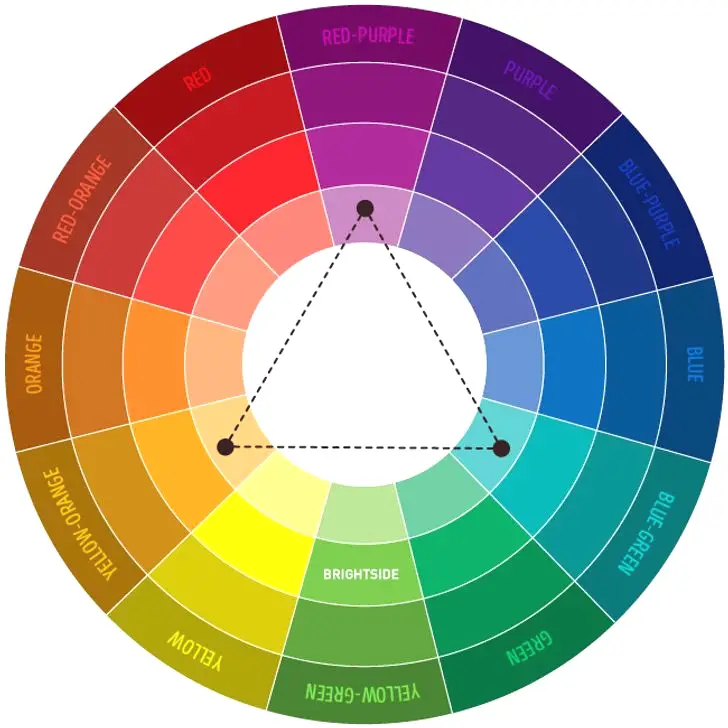
The Color Wheel
The Color Wheel is a visual representation of colors organized in a circular format. It helps us understand color relationships, including what colors complement or contrast each other. Knowing the opposite color of green is crucial for design and art purposes.
Primary Colors
Primary colors are red, blue, and yellow. When combined, they create all other colors on the color spectrum.
Secondary Colors
Secondary colors are orange, green, and purple. They are created by mixing two primary colors together.
Understanding Green
Green is one of the most recognizable and beloved colors in the world. Its vibrant hue resonates with feelings of freshness, renewal, and vitality. But have you ever wondered what the opposite color of green is? In this article, we will explore the definition of green and its association with nature, shedding light on its complementary opposite.
Definition Of Green
Green can be defined as a color that lies between yellow and blue on the color spectrum. It is often associated with life, growth, and harmony. Every shade of green carries its own unique charm, from the deep emerald of lush forests to the bright lime of a fresh spring leaf. Its presence can evoke a sense of tranquility and balance.
Association With Nature
Green has a deep-rooted association with nature. It harmoniously blends with the natural environment, seamlessly integrating into our surroundings. From endless fields of grass to towering trees, green is visible in various elements of nature. This color represents the vitality of plants, symbolizing fertility and rejuvenation. It reminds us of the earth’s rejuvenating power and the abundance of life that grows within it. Green invokes a sense of tranquility and serenity, mirroring the peacefulness found in natural landscapes.
In conclusion, understanding green goes beyond its visual appeal. It represents the essence of life, growth, and harmony while forming a seamless connection with nature. The opposite color of green provides a stark contrast, adding depth and creating a visually stunning composition. By appreciating the beauty and symbolism of green, we can further embrace the wonders of the natural world.
Exploring Opposite Colors
Exploring Opposite Colors:
Color Wheel Relationships
The concept of opposite colors is an intriguing aspect of color theory. These opposites are found on the color wheel and create a striking contrast when placed together. In the realm of color theory, the opposite of green is its complement, which is red. These opposites can be used to create dynamic visual effects in design, art, and various other creative endeavors.
Importance In Design
The understanding of opposite colors holds significant importance in the field of design. By utilizing opposite colors effectively, designers can achieve vibrant and harmonious compositions. This insight plays a crucial role in creating appealing visuals for branding, advertising, web design, and other artistic projects.
Opposite Of Green
The opposite color of green, known as its complementary color, is red.
Complementary Colors
- Green and red are complementary colors on the color wheel.
Scientific Explanation
Complementary colors are opposite each other on the color wheel, creating a striking contrast.
Red and green are complementary colors because they contain wavelengths on opposite ends of the visible light spectrum.
Psychological Impact
Green’s opposite color is red on the color wheel. This stark contrast can evoke powerful emotional and psychological reactions. When used in design or art, these opposing colors create visual impact and can influence mood and perception.
Emotional Response
red, can evoke intense emotions like passion and excitement.
Visual Effects
When green and red are used together, it creates a vibrant contrast that grabs attention immediately.
red, can evoke strong emotions and create a powerful visual impact when combined in design and art.
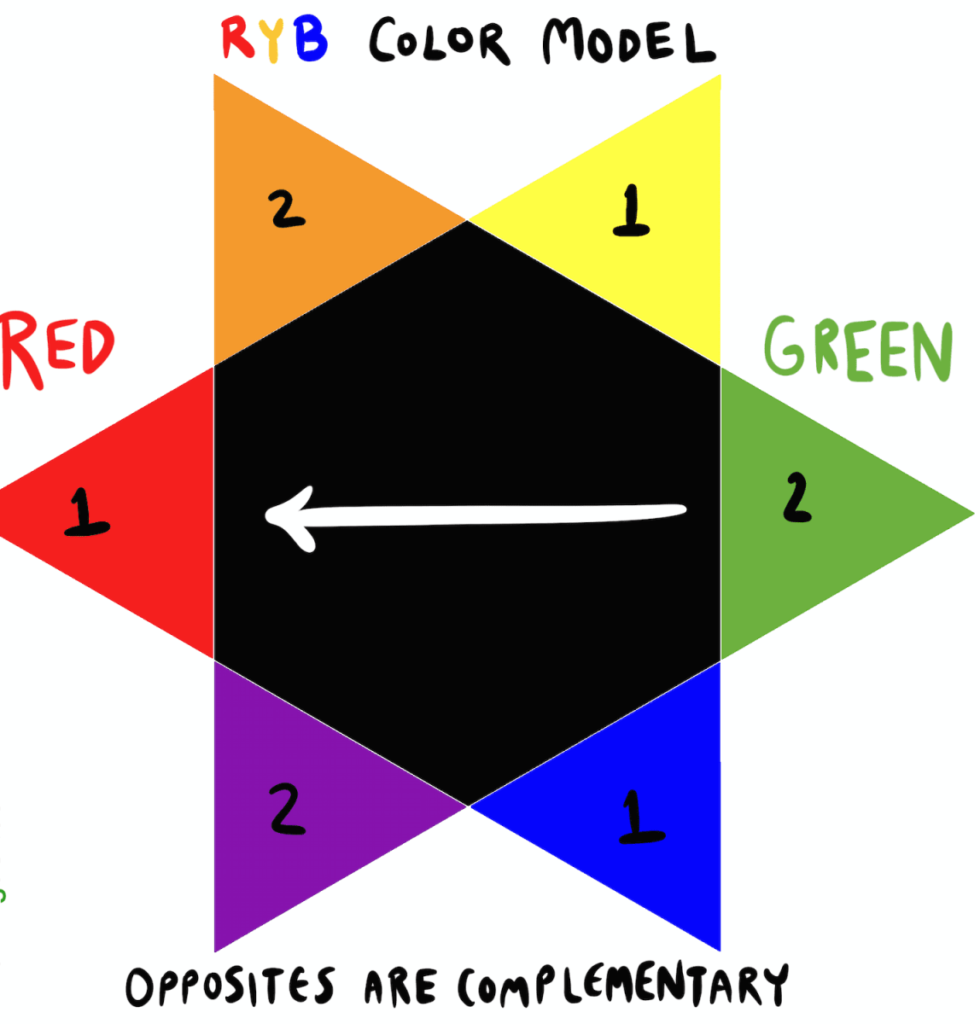
Cultural Significance
The opposite color of green, culturally, holds significant symbolism and historical context. Understanding the cultural significance of the opposite color of green provides rich insights into various societal customs and beliefs.
Symbolism
The opposite color of green holds diverse meanings across different cultures. In some societies, it represents renewal and growth, while in others, it signifies jealousy or envy.
Historical Context
In historical contexts, the opposite color of green has been associated with different periods and events. For example, in ancient Egypt, the opposite color of green was linked to rebirth and fertility, often used in art and religious ceremonies.
Application In Art
When it comes to the world of art, understanding the opposite color of green is crucial for artists of all kinds. By grasping this concept, artists can create stunning works that captivate the viewer’s attention and evoke a range of emotions. Let’s delve into the application of the opposite color of green in art, exploring the artistic techniques and famous examples that showcase this intriguing color theory.
Artistic Techniques
Artists employ various techniques to juxtapose the opposite color of green in their creations. One commonly used technique is complementary color harmony. By strategically placing the opposite color of green next to green hues on the color wheel, artists can create vibrant and visually striking compositions. This technique can add depth and balancing contrast to their artworks.
Another technique that artists utilize is the use of color contrasts. The opposite color of green, which is its complementary color, helps artists achieve dynamic results. By incorporating the complementary color into their artwork, artists create a powerful visual impact and make the green elements stand out.
Famous Examples
Throughout art history, many renowned artists have explored the concept of the opposite color of green in their iconic works. One such example is Vincent van Gogh’s masterpiece, “The Starry Night.” In this painting, Van Gogh skillfully uses the complementary color of green, which is red, to create a captivating night sky that enhances the luminous quality of the stars.
Another famous example is Edouard Manet’s painting, “Olympia.” By using the opposite color of green, which is red, Manet creates an intriguing contrast between the green elements in the painting and the subject’s skin tone. This contrast adds depth and realism to the artwork while drawing the viewer’s attention.
These are just a few examples of how artists have incorporated the opposite color of green in their works. By understanding this color theory and applying it in their own artistic endeavors, creators can amplify the impact of their artworks, making them visually captivating and emotionally resonant.
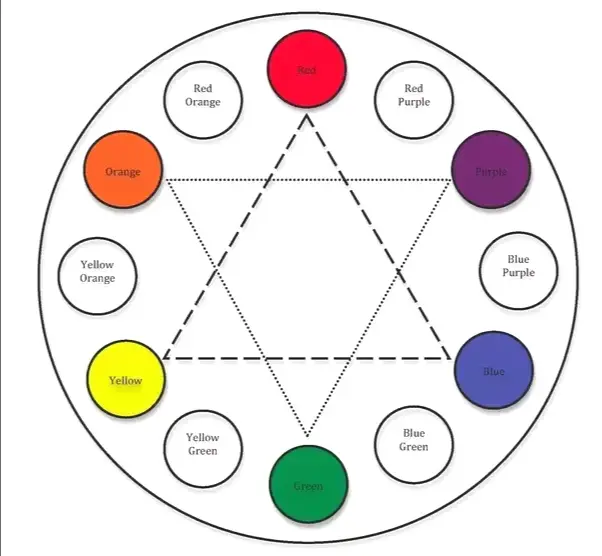
Incorporating Opposite Colors
Incorporating opposite colors is a design technique that can elevate your visual compositions to new heights. By understanding the concept of opposite colors, you can create striking and harmonious color schemes that capture attention and leave a lasting impression. In this article, we will explore the opposite color of green and provide design tips as well as practical examples to inspire your next project.
Design Tips
- Start by understanding the color wheel: The color wheel is a valuable tool for identifying opposite colors. The opposite color of green is red. By incorporating red elements into your design, you can achieve a visually striking contrast that adds depth and interest.
- Create balance with complementary colors: Complementary colors are opposite colors on the color wheel. When paired together, they create a vibrant and harmonious effect. Incorporating red as the opposite color of green in your design can be achieved by using red accents, such as text, borders, or background elements.
- Experiment with analogous colors: Analogous colors are neighboring colors on the color wheel. They create a harmonious and cohesive look when used together. While red is the direct opposite color of green, you can also explore analogous shades of red, such as pink or burgundy, to create a more subtle and nuanced color scheme.
- Consider the context: When incorporating opposite colors, it’s essential to consider the context of your design. The emotional response and message you want to convey should guide your use of colors. Red, as the opposite color of green, can evoke feelings of excitement, passion, and energy. Use it strategically to enhance the overall impact of your design.
Practical Examples
Let’s explore some practical examples of incorporating the opposite color of green:
| Website Design | Interior Design |
|---|---|
|
|
By incorporating the opposite color of green, you can create visually captivating designs that leave a lasting impact. Whether in website design or interior design, understanding how to utilize the power of opposite colors will elevate your projects to the next level.

Frequently Asked Questions Of What Is The Opposite Color Of Green
What Is The Opposite Color Of Green?
The opposite color of green on the traditional color wheel is red. This is because of the way colors are positioned in relation to each other on the wheel. Red is directly opposite green, creating a strong contrast and making them complementary colors.
What Is The Opposite Of Pink?
The opposite of pink on the color wheel is green. They are complementary colors that sit opposite each other, creating a vibrant contrast when used together in design or art.
what is opposite of green on the color wheel ?
Red is the opposite color of green because of their position on the color wheel. Colors opposite each other on the wheel are contrasting, creating a dynamic visual effect when paired together. This relationship is fundamental in color theory and is used in various design and artistic applications.
what is the opposite of green on the color wheel ?
Understanding the opposite color of green, which is red, is crucial in design. These complementary colors create visual interest and balance when used together. Designers often use the opposite color of green to create vibrant and striking compositions in various visual mediums such as graphic design, fashion, and interior design.
Conclusion
To sum up, the opposite color of green is red. This complementary color pairing creates a vibrant and eye-catching contrast. Whether you’re considering home decor, fashion choices, or design principles, understanding the opposite color of green can help you create visually appealing compositions.
So next time you’re looking for a way to spice up your color palette, consider incorporating red to balance out the green. Happy color experimenting!

